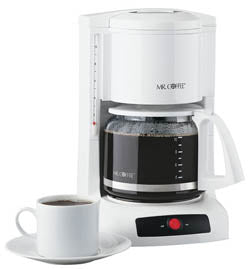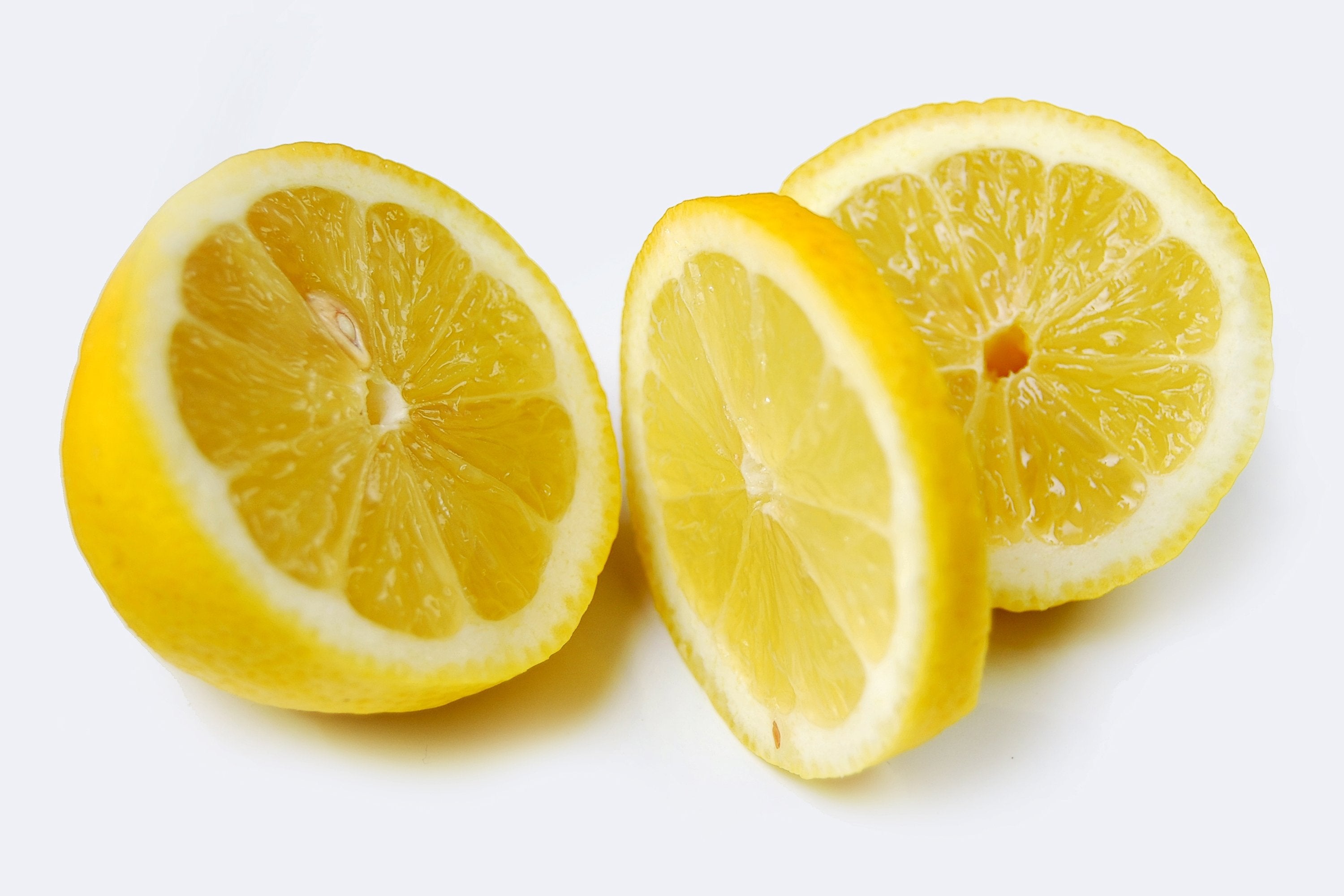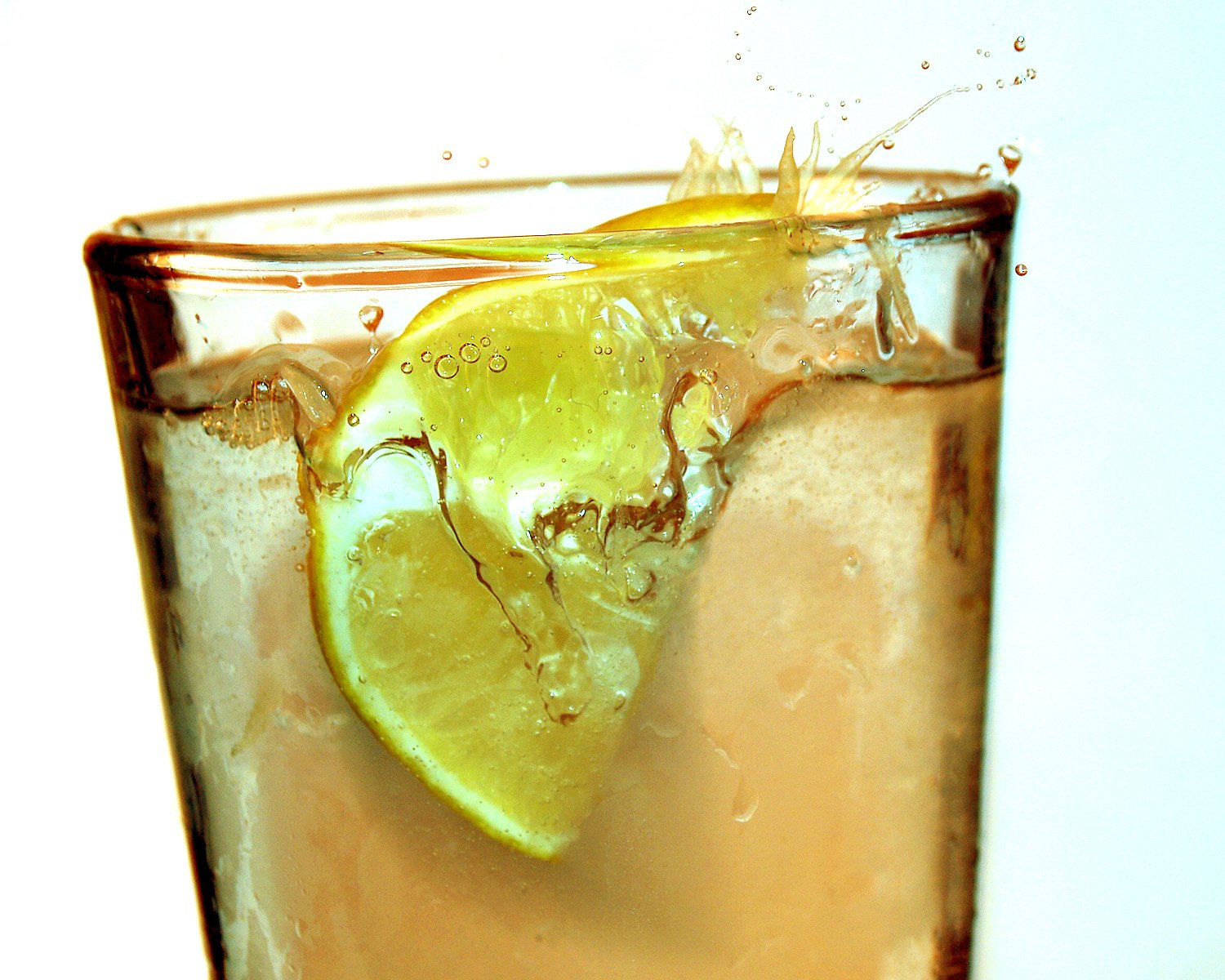The Story Behind A Proper Cup of Coffee
The Rich History Behind a Proper Cup of Coffee
It is rather impertinent to suggest any household care to a housekeeper, but I just venture to say that the coffee-mill will be wanted every day while Edward is at Steventon, as he always drinks coffee for breakfast.
Jane Austen to Cassandra
June 11, 1799
The history of coffee drinking is as colorful as any food history can be. According to the The Roast and Post Coffee Company, Coffee was hardly known in Europe before the seventeenth century. European travellers, who visited Middle Eastern countries at this time, probably visited the coffee houses, where business would be transacted, or saw street coffee peddlers carrying coffee for sale in copper pots.

When these travelers returned, their reports about coffee aroused European interest in coffee. Perhaps these travelers brought back small samples of coffee beans, but the Venetians were the first people to bring larger quantities of coffee into Europe. In 1615, Venice received Europes' first shipment of green coffee beans and the first coffee house there, Caffè Florian, opened in 1683. Coffee was known in the first half of the 17th Century in Venice and Marseille but there was no trade in beans there.
Although famous for their tea drinking, the British were the first European nation to embrace the pleasures of coffee drinking on a commercial basis. The first coffeehouse was in Oxford in 1650 where it was opened by a Turkish Jew named Jacob. More opened soon after in London in 1652, and there were soon to be hundreds - each serving their own customers. The popularity spread through Europe to such an extent that, during the 17th and 18th centuries, there were more coffee shops in London than there are today. Coffee shops were nothing like the trendy shops that we have today. A true coffeehouse was crowded, smelly, noisy, feisty, smoky, celebrated and condemned. On the street in London you located the nearby coffeehouse by sniffing the air for roasting beans, or by looking for a wooden sign shaped to resemble a Turkish coffee pot.
It was the coffeehouses of England that started the custom of tipping waiters and waitresses. People who wanted good service and better seating would put some money in a tin labeled "To Insure Prompt Service" - hence "TIPS". Coffee shops then were influential places, used extensively by artists, intellectuals, merchants, bankers and a forum for political activities and developments. When they became popular in England, the coffee houses were dubbed "penny universities". It was said that in a coffee house a man could "pick up more useful knowledge than by applying himself to his books for a whole month". A penny was the price of a proper cup of coffee.  In 1674 The Women's Petition Against Coffee was set up in London. Women complained that men were never to be found at home during times of domestic crises, since they were always enjoying themselves in the coffee houses. They circulated a petition protesting "the grand inconveniences accruing to their sex from the excessive use of the drying and enfeebling liquor". A year later, King Charles II tries to suppress the coffee houses because they were regarded as hotbeds of revolution but his proclamation is revoked after a huge public outcry and the ban lasts just 11 days. Some of the coffee houses in London became very well known with different groups of workers and soon became the kingpins around which the capital's social, political and commercial life revolved. Jonathan's Coffee House in Change Alley was where stockbrokers usually met - it eventually became the London Stock Exchange. Likewise, ship owners and marine insurance brokers visited Edward Lloyd's Coffee House in Lombard Street - it too moved on and up in the world and became the center of world insurance and the headquarters of Lloyds of London.
In 1674 The Women's Petition Against Coffee was set up in London. Women complained that men were never to be found at home during times of domestic crises, since they were always enjoying themselves in the coffee houses. They circulated a petition protesting "the grand inconveniences accruing to their sex from the excessive use of the drying and enfeebling liquor". A year later, King Charles II tries to suppress the coffee houses because they were regarded as hotbeds of revolution but his proclamation is revoked after a huge public outcry and the ban lasts just 11 days. Some of the coffee houses in London became very well known with different groups of workers and soon became the kingpins around which the capital's social, political and commercial life revolved. Jonathan's Coffee House in Change Alley was where stockbrokers usually met - it eventually became the London Stock Exchange. Likewise, ship owners and marine insurance brokers visited Edward Lloyd's Coffee House in Lombard Street - it too moved on and up in the world and became the center of world insurance and the headquarters of Lloyds of London.
In 1732, Johann Sebastian Bach composed his "Kafee-Kantate" or Coffee Cantata. Partly an ode to coffee and partly a stab at the movement in Germany to prevent women from drinking coffee (it was thought to make them sterile), the cantata includes the aria "Ah! How sweet coffee tastes! Lovelier than a thousand kisses, sweeter far than muscatel wine! I must have coffee..." Coffee fever spread throughout Europe in the 18th Century and by 1715 the French had introduced coffee into the New World. Coffee consumption in Britain began to decline as import duties for coffee increased; the British East India Company concentrated on importing tea as the market began to grow.
In Europe, however, people were gradually inventing new and improved ways of making coffee and, in 1822, a Frenchman Louis Bernard Rabaut invented a machine which forced the hot water through the coffee grounds using steam instead of merely letting it drip through. The first espresso machine had been born." Still, coffee remained a popular drink in homes, and, as alert readers of Jane Austen's novels will recall, it was served in the evenings, along with tea, when the gentlemen returned from their port after dinner. It was under cover of her post at the coffee pot that Elizabeth takes the courage to address Mr. Darcy again upon his return to Longbourne, after Lydia's elopement. Tea sets of the time could contain up to 43 pieces, including 12 teacups and saucers and 12 coffee cups. Also included were a tea pot, coffee pot, sugar bowl, mote spoon and slop bowl. This excerpt from Maria Eliza Kettleby Rundell's New System of Domestic Cookery, London, 1808, offers the following advice for procuring a proper cup of coffee.
As you can tell, times have changed. With the invention of the coffee filter in 1908, the arduous task of clarifying (or allowing the grounds to sink to the bottom) coffee was simplified into it's modern form. Isinglass, once so prevalent (made from the swim bladders of Sturgeon and Cod) lost place to good old grounds and water. While the process of choosing which coffee bean to brew may be dizzying, the actual making of coffee couldn't be simpler...once you have it down.
 If beginning with a standard drip coffee maker, make sure it has been recently cleaned. Remember, that your standard drip coffee maker pot (8 cups) really only makes about 6 coffee mugs of coffee. It was (for some strange reason!) designed for tea cups which only hold about 5 or 6 ounces. Keep this in mind when measuring coffee. Fresh roasted coffee beans are best. If you can't roast them yourself, choose beans from a local roaster, standard bought beans will work fine, too, but, to paraphrase Mr. Elliot, we are talking about not simply good coffee, but the best. Of second importance is the freshness and consistency of the grind. Grind the beans in the store if necessary, but a better choice is an at home grinder designed for coffee beans. (If necessary, consult How to Grind Coffee Beans Without a Grinder.)
If beginning with a standard drip coffee maker, make sure it has been recently cleaned. Remember, that your standard drip coffee maker pot (8 cups) really only makes about 6 coffee mugs of coffee. It was (for some strange reason!) designed for tea cups which only hold about 5 or 6 ounces. Keep this in mind when measuring coffee. Fresh roasted coffee beans are best. If you can't roast them yourself, choose beans from a local roaster, standard bought beans will work fine, too, but, to paraphrase Mr. Elliot, we are talking about not simply good coffee, but the best. Of second importance is the freshness and consistency of the grind. Grind the beans in the store if necessary, but a better choice is an at home grinder designed for coffee beans. (If necessary, consult How to Grind Coffee Beans Without a Grinder.)
Grind only enough coffee for the pot you are making. Grounds will grow stale quickly, when exposed to air. Store your extra beans in an airtight container. The grind, either for a drip machine or French Press, should be fairly coarse, like poppy seeds, rather than powder.
Too powdery, and the grinds will clog your machine and make their way into the coffee. One writer suggests that you "pay special attention to water temperature and quality", stating that "the best coffee is achieved when the water is between 190-200 F when it hits the coffee grounds. Many automatic drip coffeemakers cannot heat the water to that temperature when it starts out cold. If your coffee maker produces coffee with bitter or weak flavor, try adding room temperature or hot water. On the other hand, if you have a coffee maker that's known to make burnt-tasting coffee because the water is too hot for infusion, wet the coffee grounds first with 1/4 cup of the cold water. This temporarily prevents the grounds from exposure to too hot temperatures. "
Good advice if needed. Use bottled, distilled or at the very least, filtered water to avoid the taste of minerals, as well as mineral buildup in your machine. Now-- decide how many cups of coffee you would like to make. Bear in mind that a large coffee pot may make mediocre coffee in smaller batches. If you normally brew 4 or fewer cups of coffee at a time, invest in a smaller pot for the purpose. Choose the appropriate filter for your machine and add your freshly roasted, freshly ground beans, generally, 1 tbsp per 6 oz of water. You may prefer your coffee weaker or stronger than this and you can adjust accordingly, once you've made your first pot. A drip machine will produce coffee in only a few minutes-- but don't leave it just sitting there! After 30 minutes or so on the hot plate, coffee grows bitter and strong. A better way to keep it piping hot and ready for drinking is to pour it into an insulated carafe once it has been brewed.
For great coffee, be sure to brew only as much as is immediately desired and make it up fresh when wanted again. One nationwide coffee chain routinely dumps all its pots after 30 minutes in order to ensure fresh coffee for every customer. Take your coffee making to the next level with a French Press machine. The French Press was developed in the 1850s and remains popular today. Simply follow the preceding instructions about roasting and grinding. Add the coffee grounds to the bottom of the machine, then boil your desired amount of water with a stove top or electric teapot. The perfect temp is just below boiling, so once the water is boiling, remove it from the heat for a few minutes. Fill your French Press with enough water for the desired number of cups and allow the beans to steep for 3-5 minutes. Depress the plunger to force the grounds to the bottom, pour and enjoy!
Enjoyed this article? If you don't want to miss a beat when it comes to Jane Austen, make sure you are signed up to the Jane Austen newsletter for exclusive updates and discounts from our Online Gift Shop.




2 comments
Actually, tea cups (that have matching saucers) have room for fewer than 8 ounces. Coffee cups (regular mugs) usually hold 8 or more ounces.
What’s interesting is the kind of teas available. There are many now, but the breakfast teas (stronger than Earl Grey or Darjeeling) are English, Irish (a bit stronger) and Scottish (strongest). When I visited a manor house in England one spring, the tea was so strong I drank instant coffee. I did not discover that stronger tea taste again until I tried Scottish Breakfast Tea.
Anonymous
but coffee cups are only 4-6oz though an average tea cup is 8oz and a breakfast cup (used for cocoa in our house) is 10oz
Anonymous
Leave a comment
This site is protected by hCaptcha and the hCaptcha Privacy Policy and Terms of Service apply.